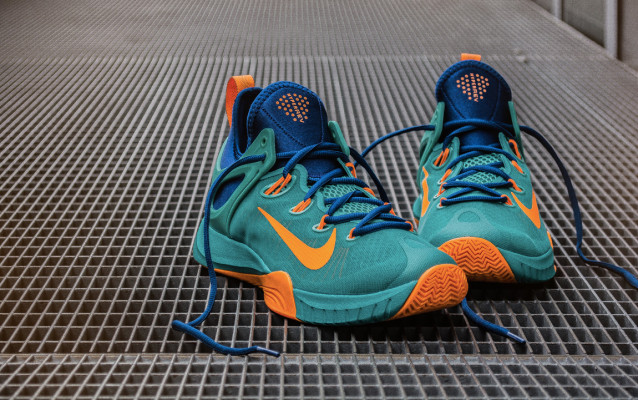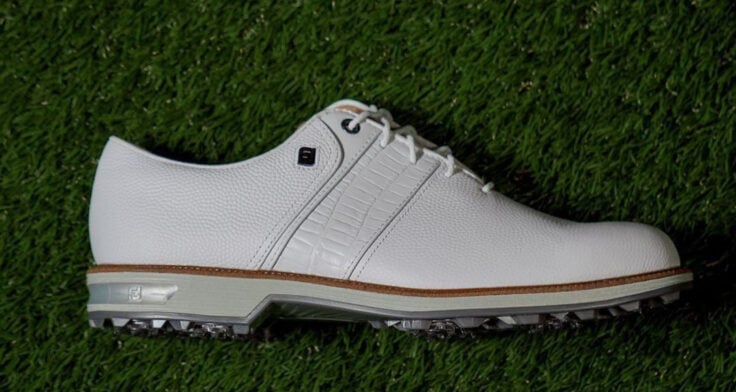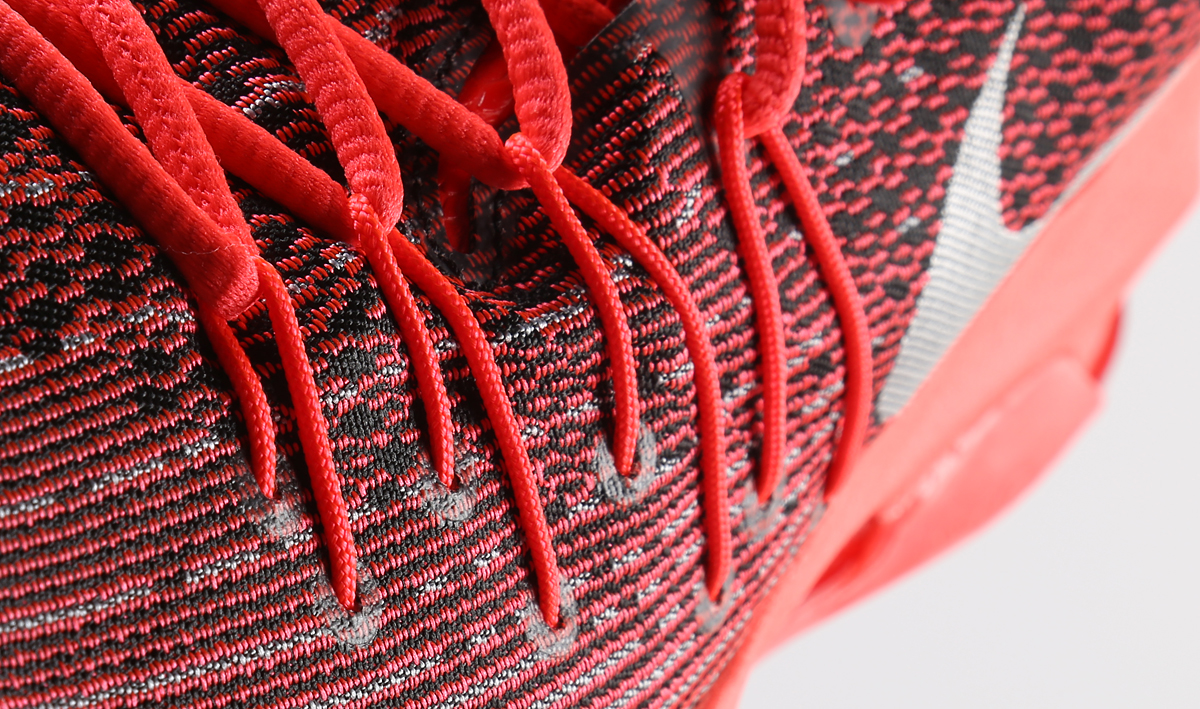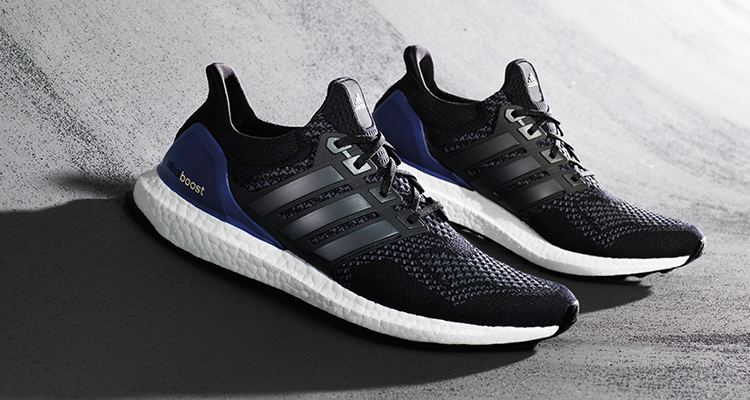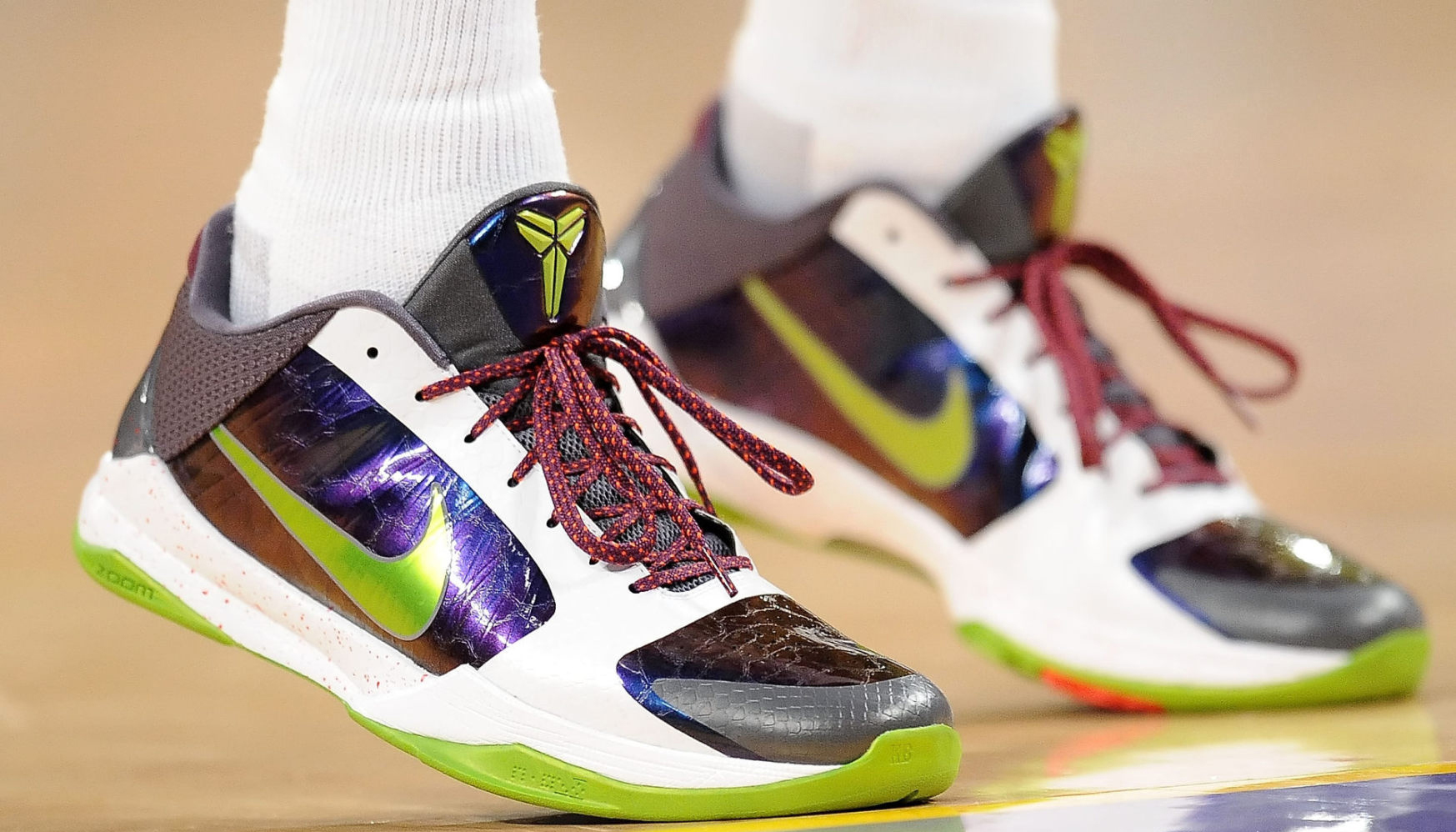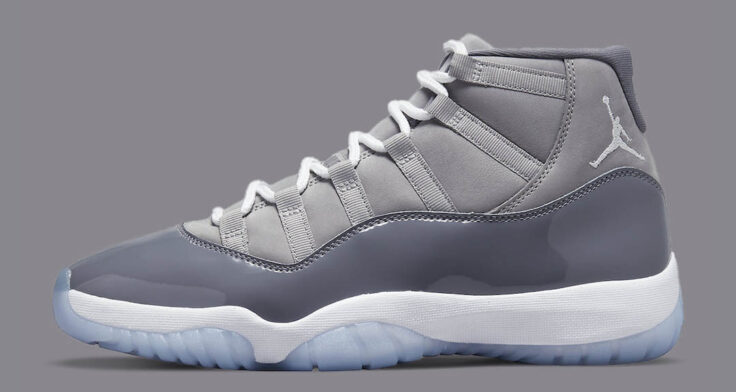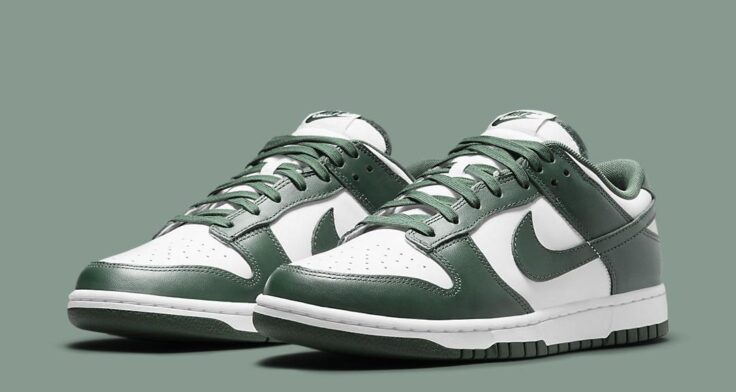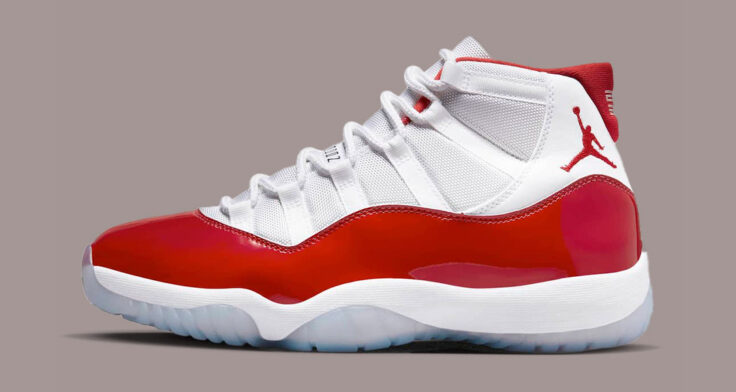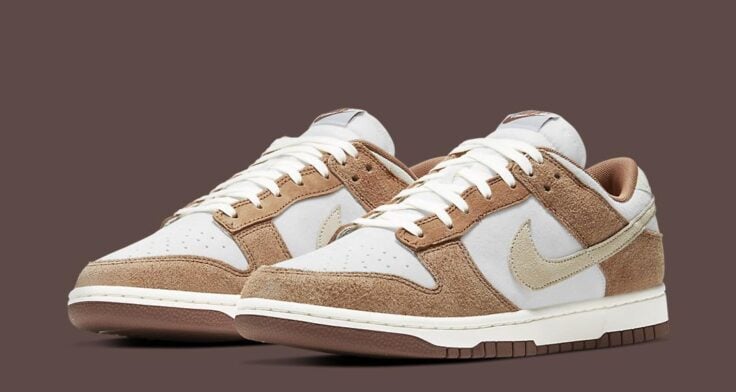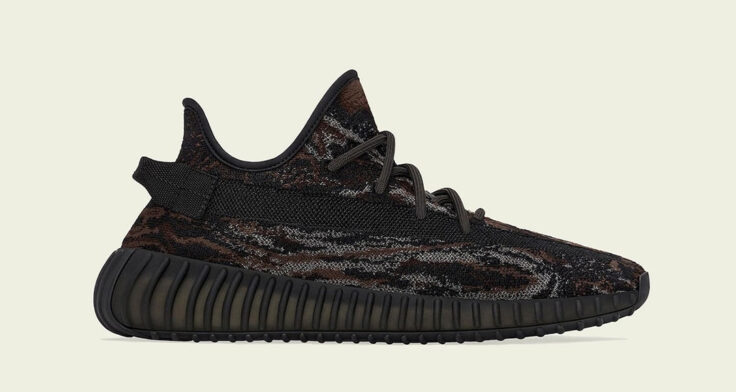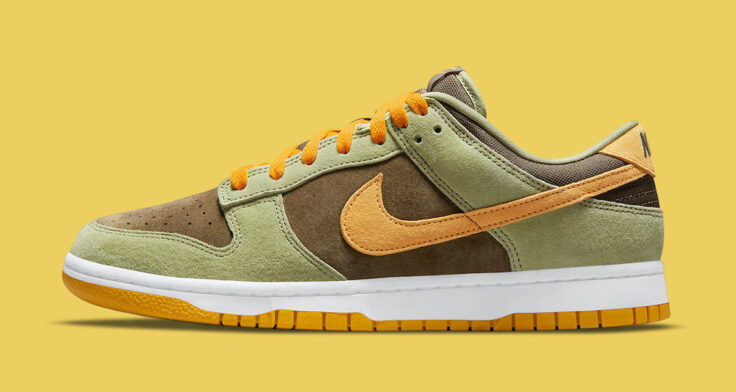words // Nick DePaula:
When I first saw the HyperRev 2015, my initial reaction was, “I liked the HyperRev 2014 a lot, and that looks nothing like those.”
The series and name might’ve continued into a second edition, but other than a broad focus on fit in a mesh-based package atop some Zoom Air, that’s about where the similarities end.
Gone is the strap, the funky-yet-ergonomic collar silhouette and the lack of a true tongue. The shoe still features a mesh upper layer, but there’s more structure to be found, thanks in part to the external heel counter and the perimeter rand through the forefoot.
I loved the lightweight feel, responsiveness and transition of the first version, but the collar was always unique enough that you’d still notice it, and who really needs a strap anyway when you can just lace up and go. The shoe was tricky to get on and had practically zero casual appeal for most people.
Heading into my string of pickup games this summer and fall in the HyperRev 2015, I was happily impressed with all of the areas it continued to excel on, and also appreciated all of the ways it corrected some of the fussiness from the 2014 model.
Support & Lockdown
For years, people have looked at the height and silhouette of a shoe like the HyperRev, and simply said, “Those don’t have any ankle support.”
That couldn’t be more off base.
From the second you tug the shoe on (and depending on the shape and size of your foot and ankle, it might take some tugging) you’ll notice that this year’s HyperRev is one of the more expertly crafted and targeted sneakers you’ll ever try on.
On its own, the shoe’s full-length sleeve doesn’t look all that sturdy. The upper has a layer of mesh, and there’s a flexible rubberized heel counter that isn’t firm to the touch like a plastic or carbon Kobe heel counter. But once you get the shoe on, you’ll realize the fit, feel and support is top notch. It’s truly impressive. There’s extra padding and foam in strategic zones all throughout the collar, and that makes for a synching feel once you lace up and get ready to hit the court.
In tandem with the shoe’s incredible traction (more on that later), the well defined outrigger and the contouring midfoot fit, you’re good to go on all cuts and torques from a support standpoint. The shoe is stable and fits great, the lacing system works perfectly, and support was never an issue.
Cushioning
If you’ve ever read one of my reviews, there’s been a consistent theme for the last decade: I love Zoom Air.
These have separate heel and forefoot Zoom Air units. So naturally, as you can expect, I think the cushioning is awesome.
The heel’s outsole and midsole has perfect break points to help with landings, and then the heel Zoom bag reacts with just enough impact protection and propels on forward through the forefoot. On cuts and jabs, the forefoot bag feels responsive and quick. Last year’s model featured a full-length unit, but the 2015 is still bouncy.
Thanks to the advent of Jordan Brand’s Flight Plate system, this isn’t the most explosive application of Zoom Air on the market, but the HyperRev still provides great cushioning, rebound and responsiveness in a low profile package that doesn’t compromise on court feel. No surprise here — I’m a fan.
Traction
Since taking over as Nike Basketball’s Design Director over five years ago, there’s been a distinct hallmark of Leo Chang’s reign on the category ever since in its team-based products: an unwavering commitment to no-frills traction patterns.
While signature models have (to varying success) mostly incorporated “storytelling” traction designs, models like this HyperRev, and most all of the Hyper team models before it, have consistently and routinely stuck with herringbone tread along the outsole.
What’s even better, is Leo has often taken things a step further, and rather than slap on a uniform front to back zig-zag rubber pattern and call it a day, he’s often looked to bevel out and radius even the most minute of herringbone slopes along his outsoles. There’s widening waves through the midfoot, where you need less rubber contact to save weight, and more dense zones at the high wear areas for added coverage.
It’s a minor obsessive approach that some won’t notice or appreciate. But from a performance standpoint, that added attention to detail can go a long way in protecting you on every cut, every slide and every last move.
On this shoe, now-retired designer Peter Fogg carried on that micro-level detail through the traction pattern’s design, and it’s outstanding on even a lesser court like my never-swept 24 Hour Fitness. For quick guards and anyone who values grip as a top priority, you’ll love these. They’re great right out of the box.
Weight
As you might be able to tell from a materials standpoint, this shoe is flexible and light in all the right zones, and coupled with its smooth transition and money lockdown, it’s one of those shoes that achieves the beloved feeling of forgetting that they’re even on. An achievement every hoop shoe should strive for.
They clock in at 12.3 ounces in a size 9, and as I was switching in and out of other current market sneakers to test, I kept thinking, “Damn, I should go throw the HyperRevs back on.” They make other shoes feel heavy, they’re swift, light and nimble — everything you’d want in a shoe from a weight standpoint.
Durability
Throughout my runs in the HyperRev, I exclusively played in them indoors, and had no issues with any quick wearing zones, scuffs or fraying of any kind.
And for pretty much the last decade, I’ve always pulled out random old stuff for outdoor pickup runs, like Zoom Generations, KD 2s and Zoom Soldier 3s, because those are 100% incredible hoop shoes I can’t ever let go of. (Perhaps it makes me feel younger too…)
However, one of my best friends has been hooping in a basic Black / White HyperRev for the last few months, and it’s worth pointing out that they look like complete hell by now. He’s ripped through the forefoot mesh on one shoe. The heel counter is scuffed beyond belief on both shoes. And he’s even frayed up the top stitching on the collar sleeve. He’s also a complete animal as a player and plays with a combination of James Harden’s bully drives, but with Tyler Hansbrough’s recklessness and lack of footwork, so there’s that too.
If you’re considering these for outdoor use, keep all of that in mind though, and maybe opt for something a little sturdier with more abrasion resistance in the upper.
Overview
I’m a HUGE fan of these. The fit, support, swiftness, traction and cushioning make them an easy A in my book, and that’s all at $130, which is (relatively) a great value these days. You can of course find them online for much less than that too.
Because the collar sleeve is a bit snug, I’d definitely recommend trying these on first in person to make sure you get the sizing down just right and that they work for your foot type. If you have a wider foot, they might be an effort to get on and off. If you have a standard or even narrow foot, you’ll love the hugging fit throughout the shoe.
I always base how much I truly like an A grade shoe if I can call it a “Trunk Shoe” a couple months later. For quite a few shoes, I hit “Publish” on a review and never play in them again. (I happily hand them off to some of the young hoopers from my regular runs.)
With the HyperRev, I kept coming back to them all fall, even when I was supposed to be testing out other stuff. They’re most definitely my newest Trunk Shoe addition, holding down one of a coveted three or four spots for shoes that I always have handy in the whip whenever a pickup run is on deck.
Well done Nike Basketball, and thanks also to the legendary Peter Fogg for a great last design before heading off to ride motorcycles in his much-earned retirement.
